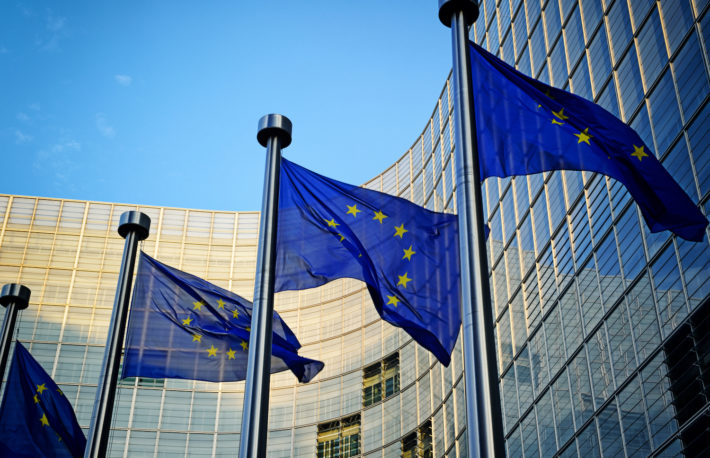Supply Chain Problems in 2021: How They Impacted the Economy and What’s Next?
Supply chains are networks — ways to source and supply various goods and services across the globe. Unfortunately, due to complications resulting from the pandemic, both businesses and consumers have learned firsthand how vulnerable these networks are, and how critical they are to deliver what we and others often desperately need.
Here’s how the supply chain impacted the economy this year — and also what the future may hold.
Why Did the Supply Change Shortage Occur?
Supply chain shortages first began back in the first quarter of 2020 — at the beginning of the pandemic. Factories all over the world were forced to slash or halt production due to the spread of COVID-19 and the resulting lockdowns. Because factories were not shipping as many goods — or any goods at all — shipping companies responded accordingly by clearing their schedules.
Shipping companies were subsequently called to action to ship personal protective equipment around the world. Unfortunately, many of those containers were unloaded in destination countries, emptied of goods and not returned, which led to a shortage of shipping containers.
How Do Supply Chain Shortages Affect Businesses?
“Most consumers don’t truly understand how astoundingly intricate today’s supply lines are,” said economic expert Monica Eaton-Cardone, owner, co-founder and COO of Chargebacks911. “Corporations might import some parts from China, other parts from India, maybe some rare-earth elements from elsewhere — and if there are any delays at any point, it limits how quickly these products can be sourced, assembled, packaged, shipped and sold.
“As we’ve recently seen, this causes prices to rise because all the efficiencies that were so carefully built into the supply chain have collapsed. Eventually, this leads to scarcity, shortages and lots of unhappy consumers — especially during the holiday season. A broken supply chain is unpredictable, and the system cannot function without reliability in sourcing and predictability in shipping.”
Why Does the Supply Chain Make Such a Difference for Our Overall Economy?
“To compete in the global economy, businesses must outsource and create supply chains,” said Dr. Tenpao Lee, professor emeritus of economics at Niagara University. “The success of a supply chain is based on tremendous collaboration, coordination, and communication. Any small disruption would ruin the whole supply chain system. For example, car manufacturing cannot proceed without simple computer chips. Port congestion can paralyze many related industries.”
What’s Potentially Next Regarding Supply Chain Issues?
“At some point, our supply chain crisis will subside and return to normal,” said Carlos Castelán, managing director of The Navio Group, a retail consulting firm that advises businesses on how to navigate supply chain challenges.
“But until then, the key going forward is inventory,” he said. “For business retailers, inventory could be the difference between success and failure during early 2022. The first and possibly second quarter of 2022 will be a test of retailers’ supply chains and operational capabilities. With shortages of many key components for manufacturers as well as labor shortages – or stoppages in the global due to COVID – retailers are facing a variety of different headwinds across different fronts.”
Read more at Supply Chain Problems in 2021: How They Impacted the Economy and What’s Next?
Share your opinions in the comment box below and subscribe us to get new updates.















